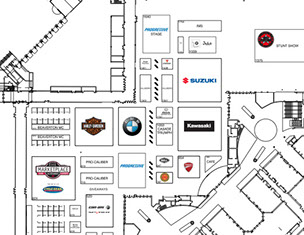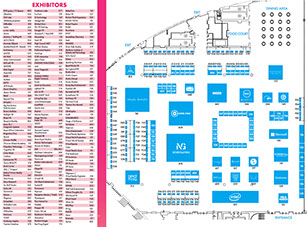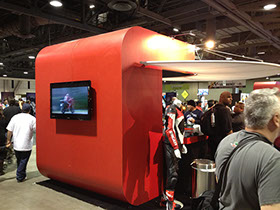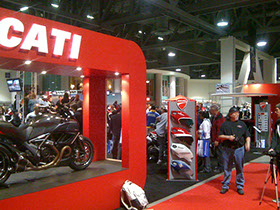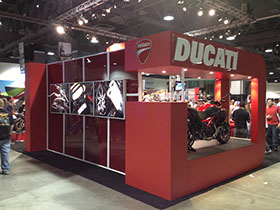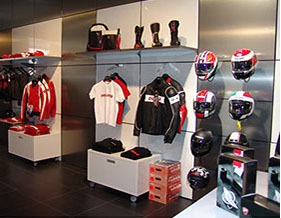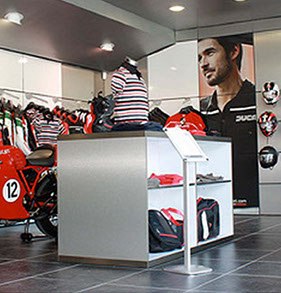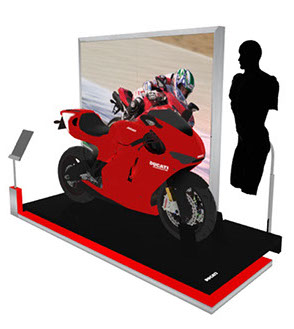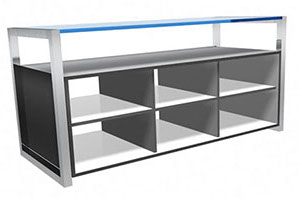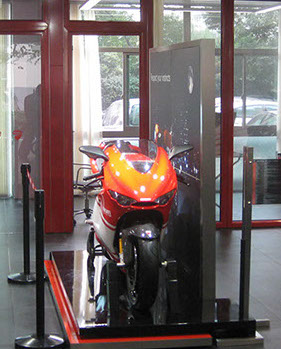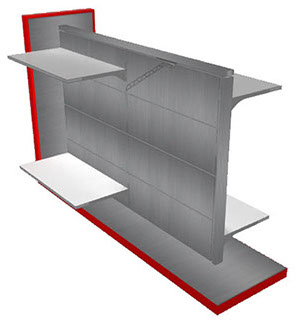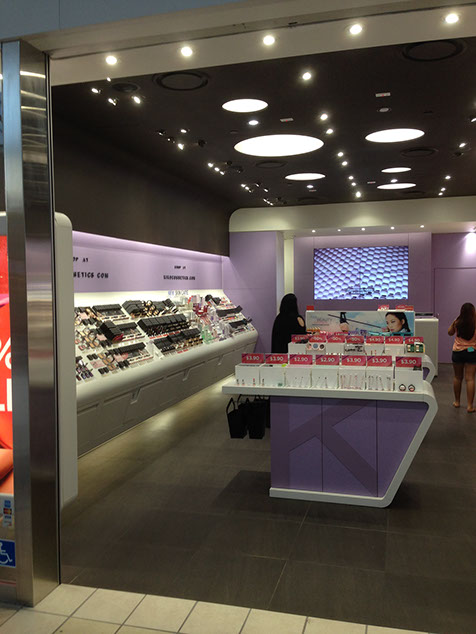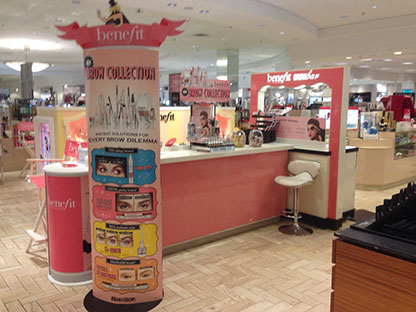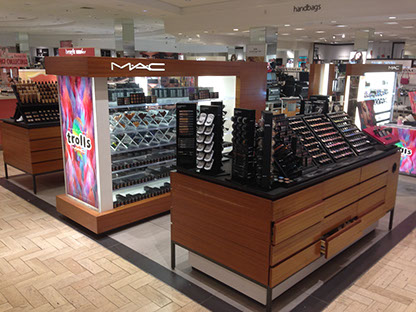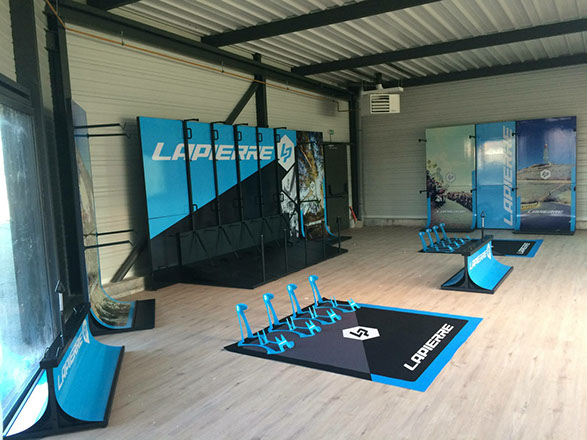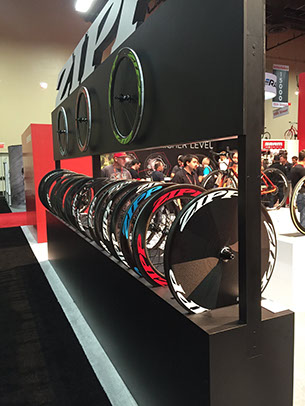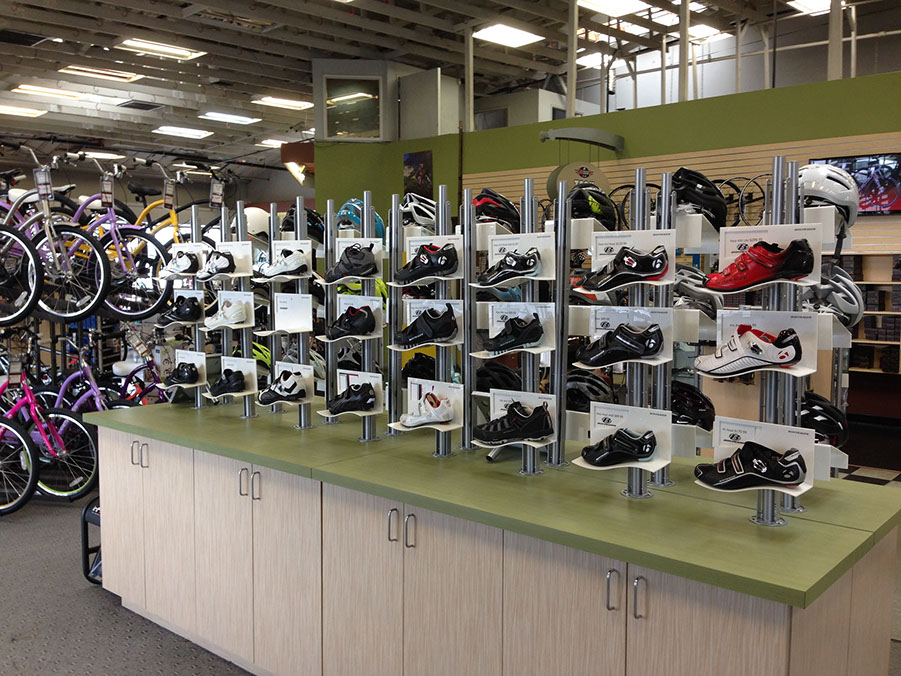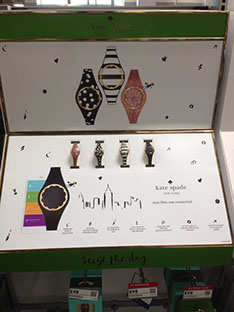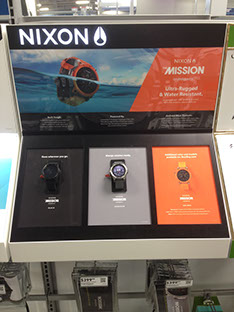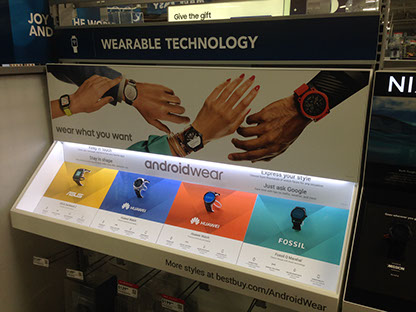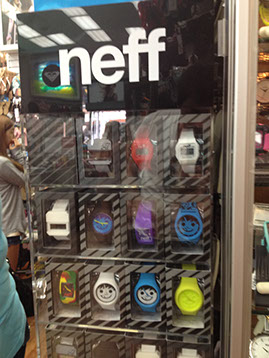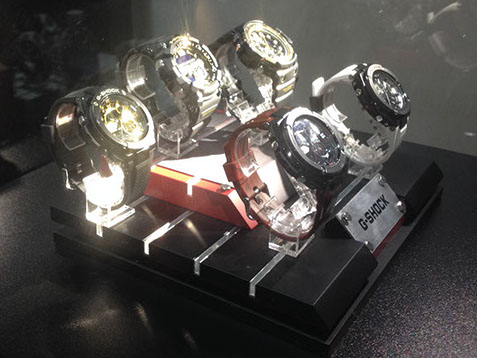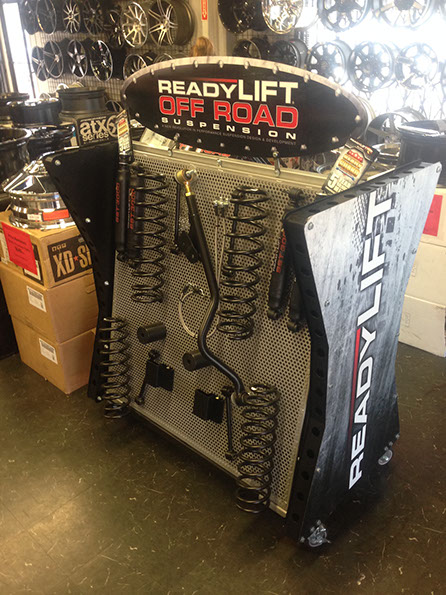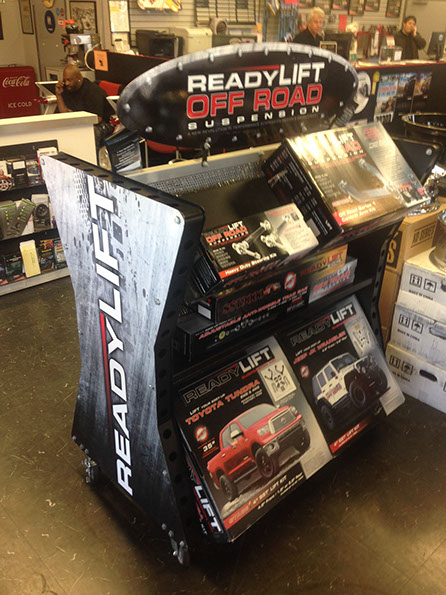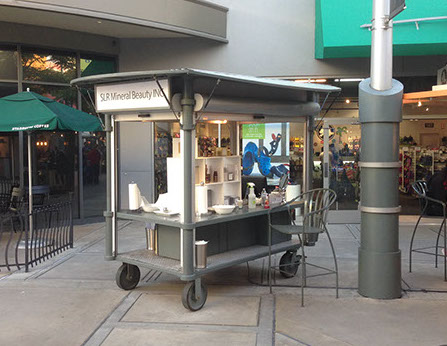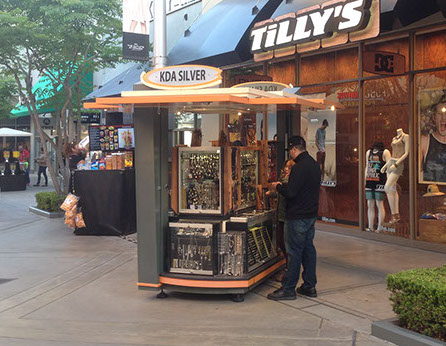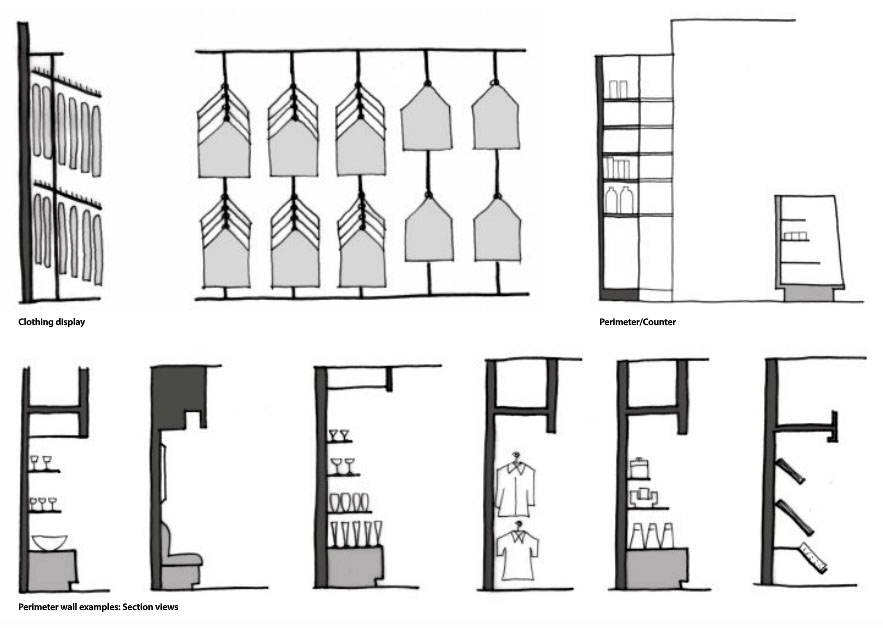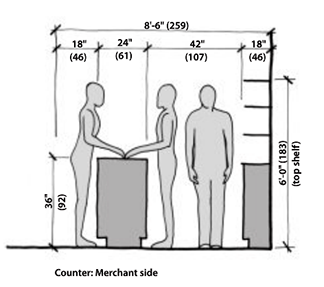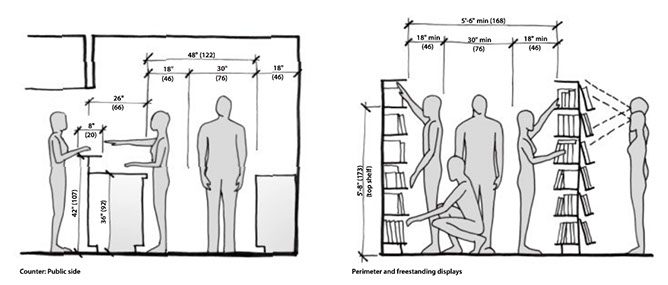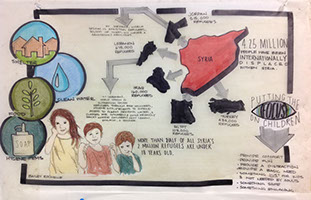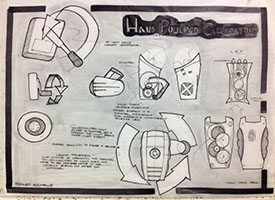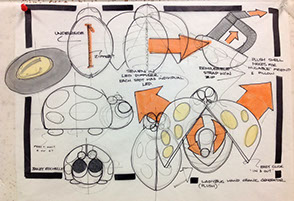DESN 132A—PERSPECTIVE & RENDERING SYSTEMS I | FALL 2020 | T/TH 4:00–6:45PM | ONLINE (AMI)
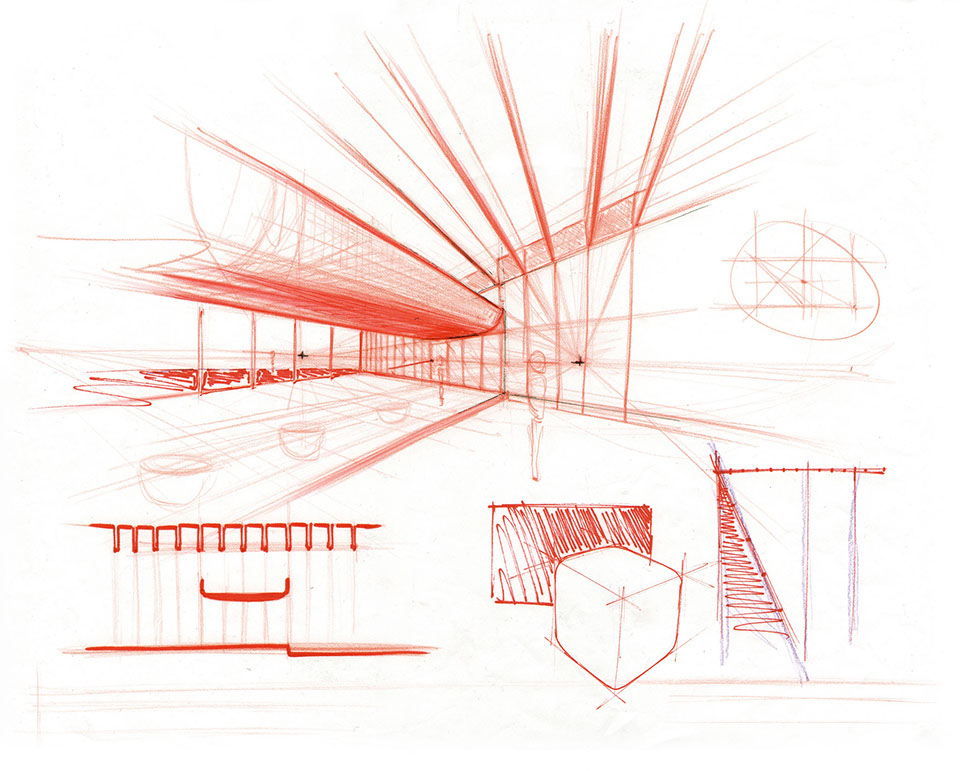
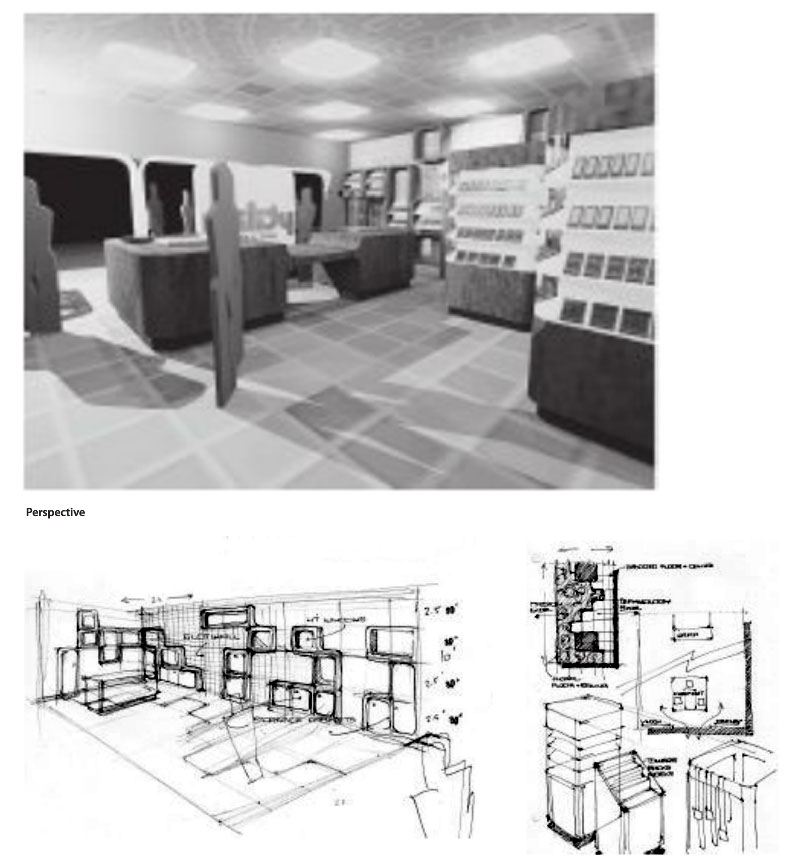
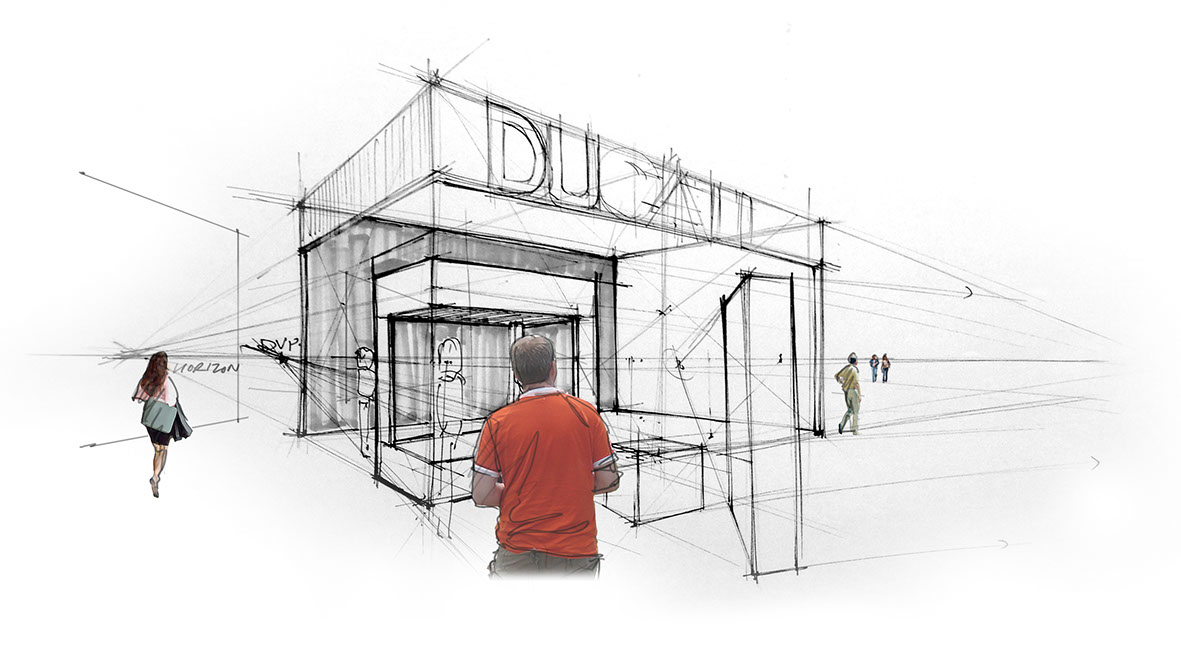
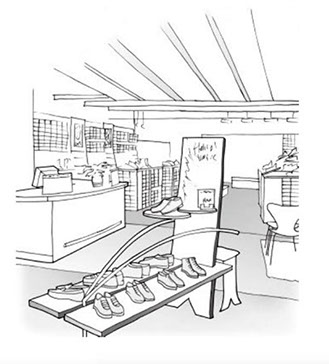

SKETCHING, GETTING STARTED
Below, a preliminary rough sketch for an exhibition display. Notice the Logo would need to be corrected to comply with the correct logo, italicized and bolder lettering style. Other styling cues, such as rounding of some corners should also be developed. Display stands need representation of accessories, bikes need to be added and people should be traced from photos or entourage. More background context should also be added.
ENVIRONMENTAL SKETCHES
Feel free to sketch the environment in which your display furniture will live. These sketches do not need to be the primary focus of your design, but may be a great complement to your presentation.
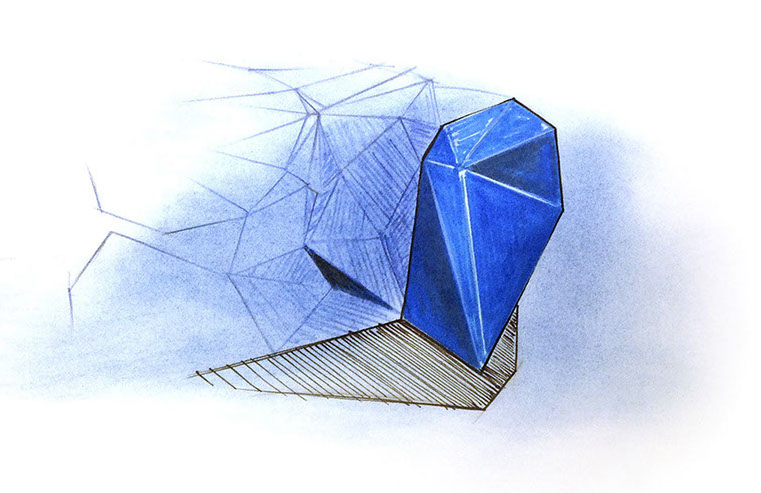
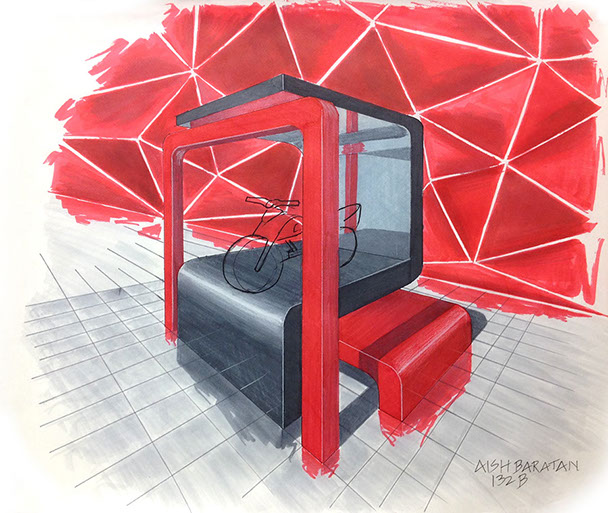
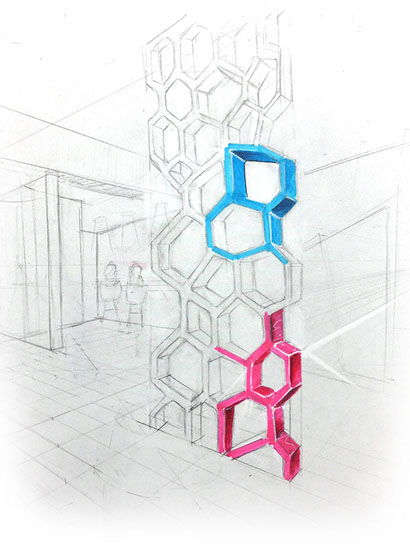
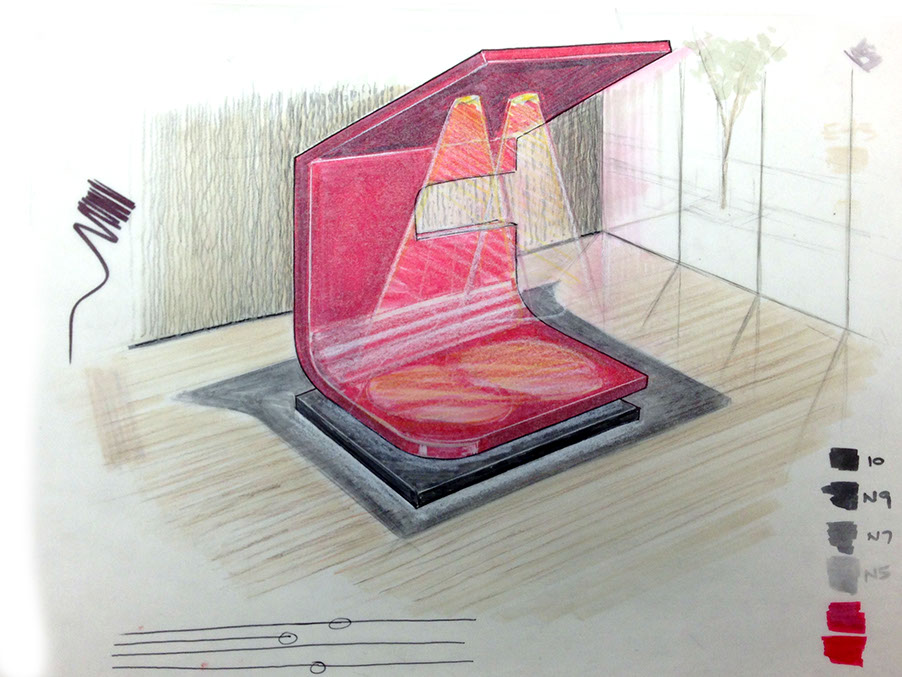
BEYOND BOXES - TRIANGULATIONS
BEYOND BOXES - ADVANCED CURVED SURFACES
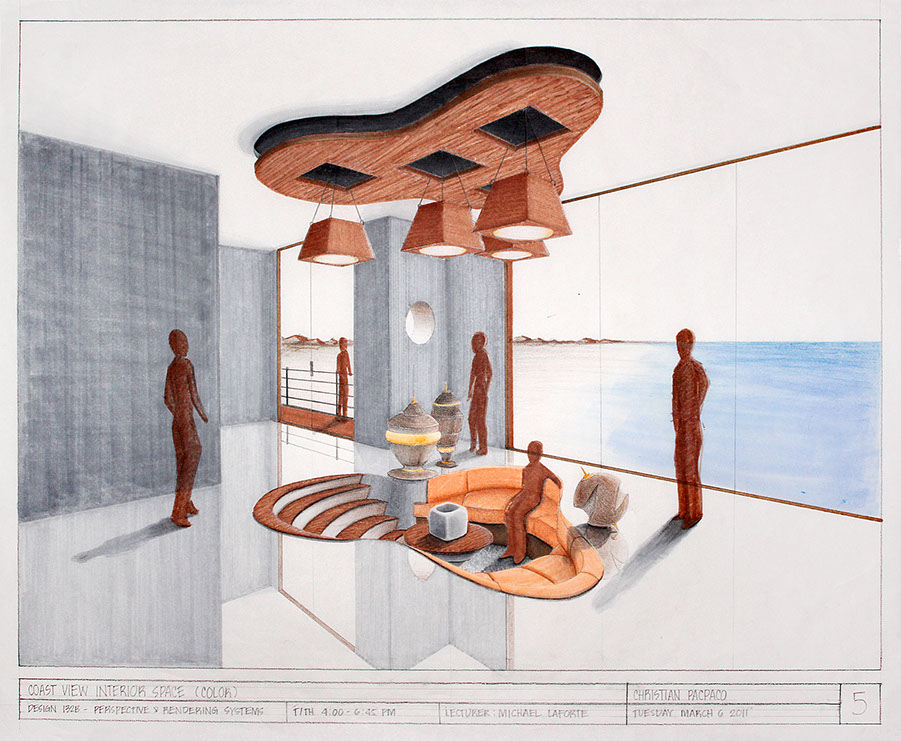
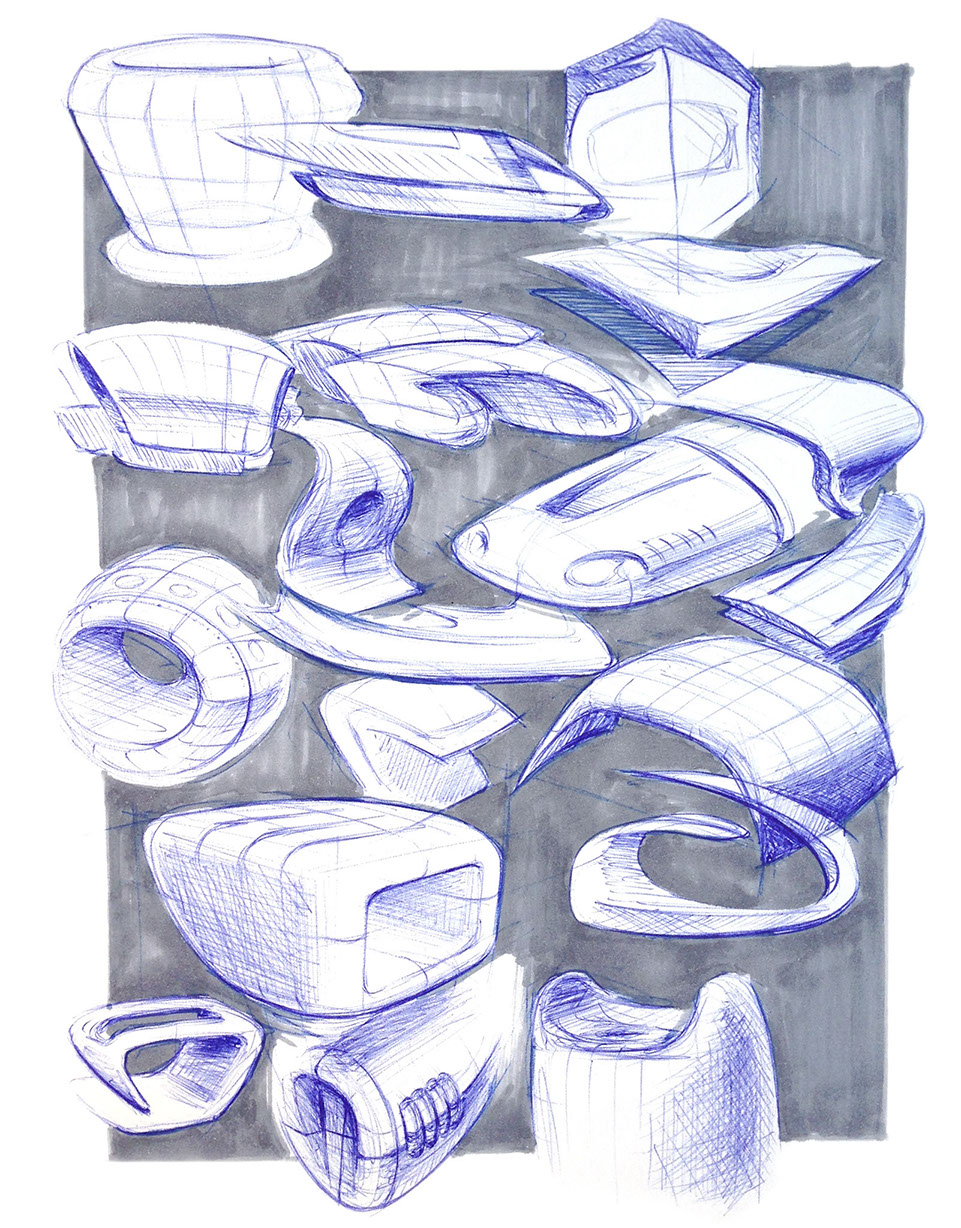
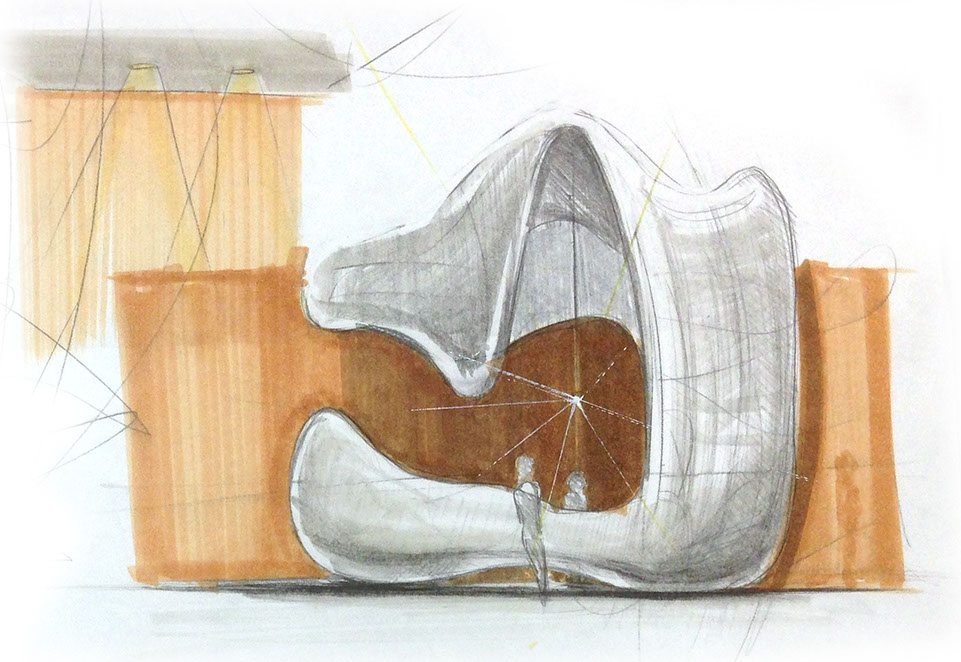
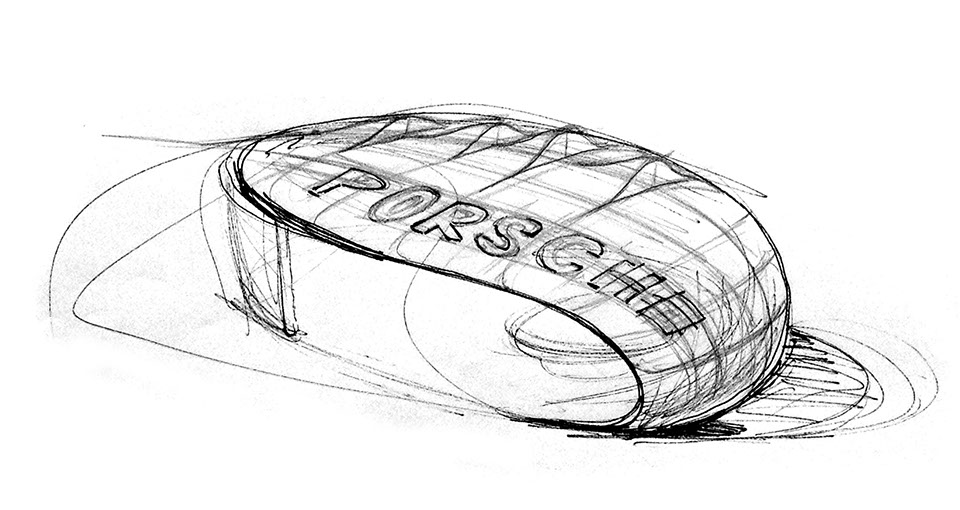
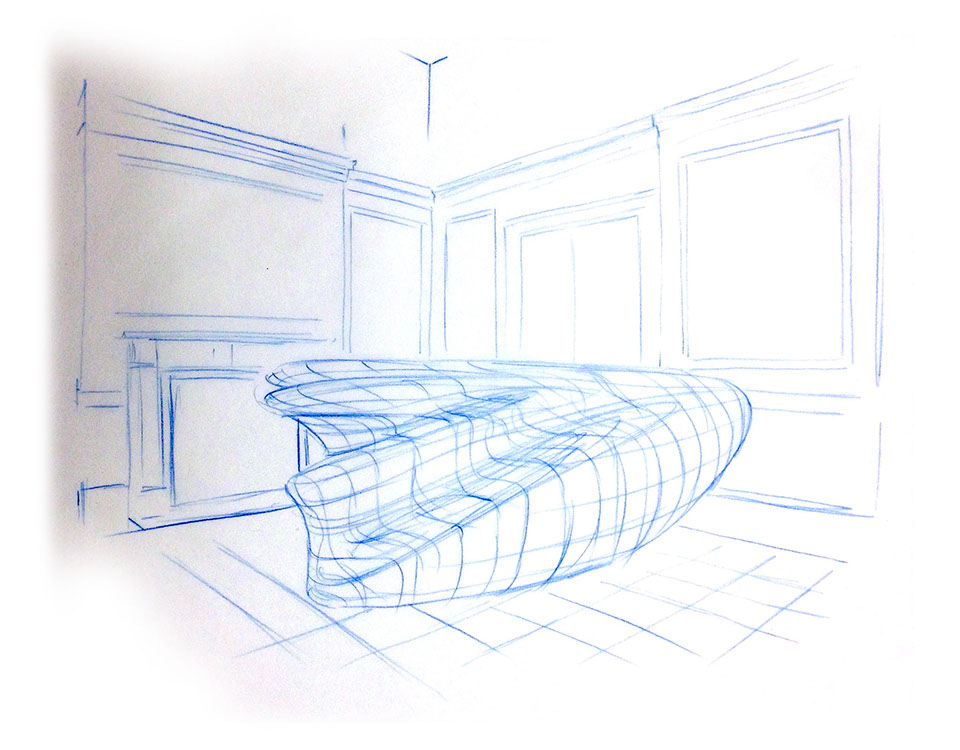
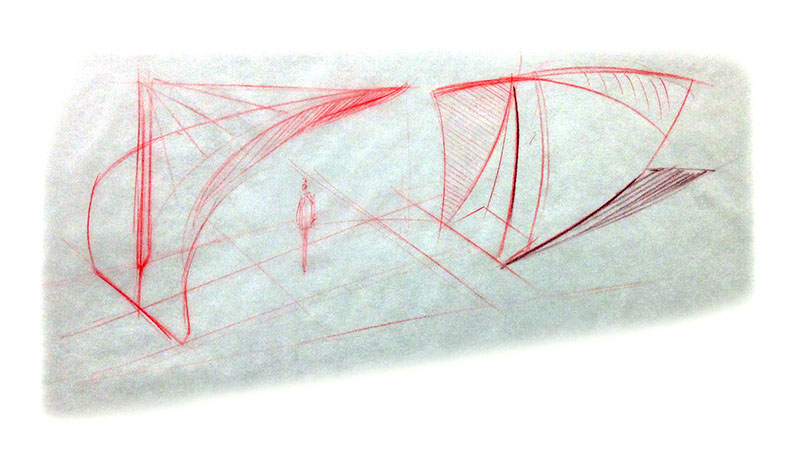
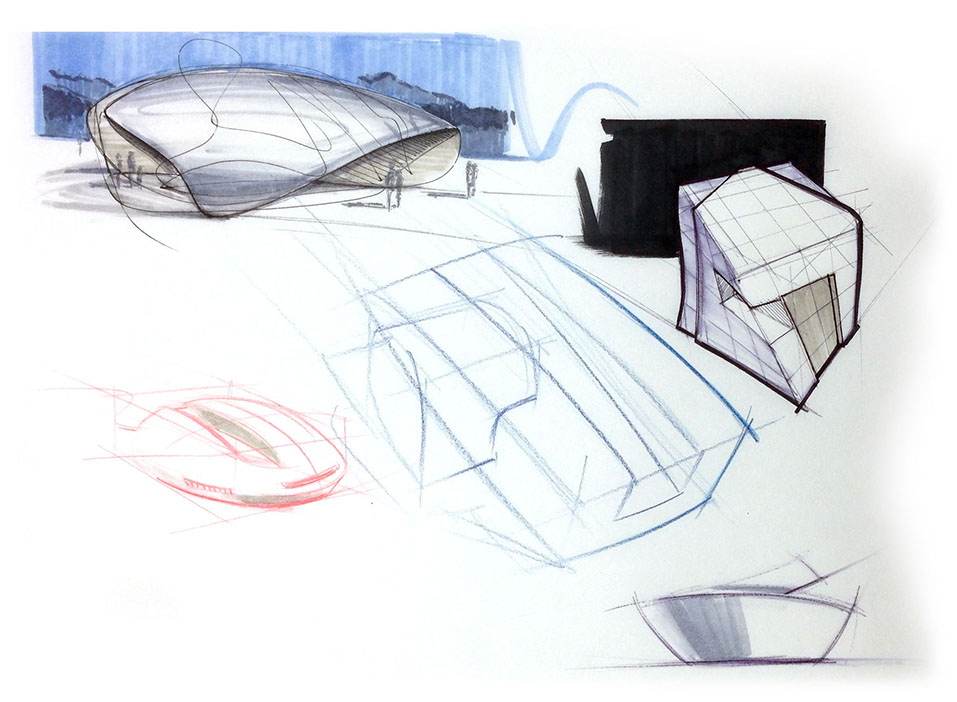
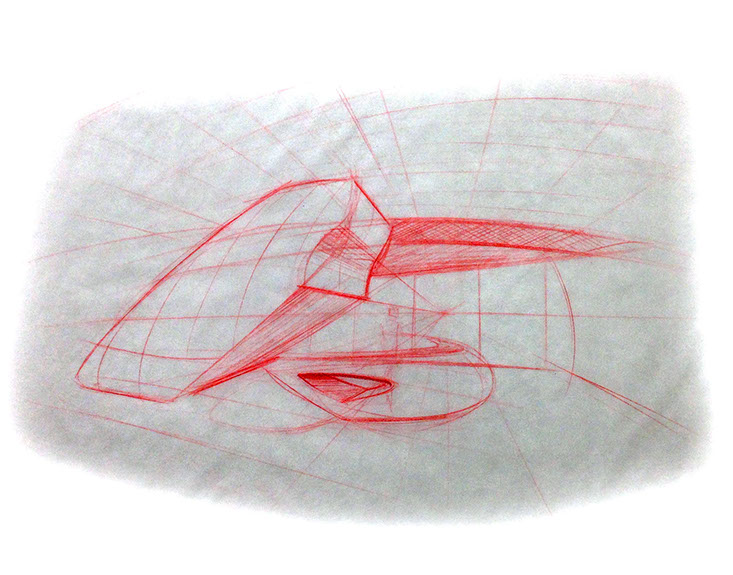
STUDENT EXAMPLES (TRADE SHOW)
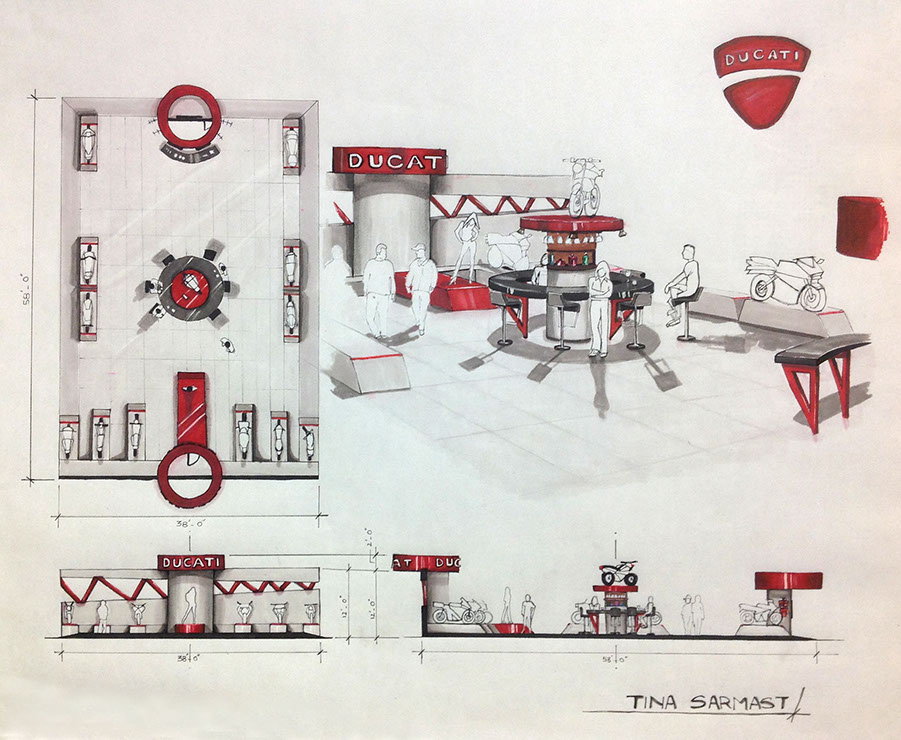
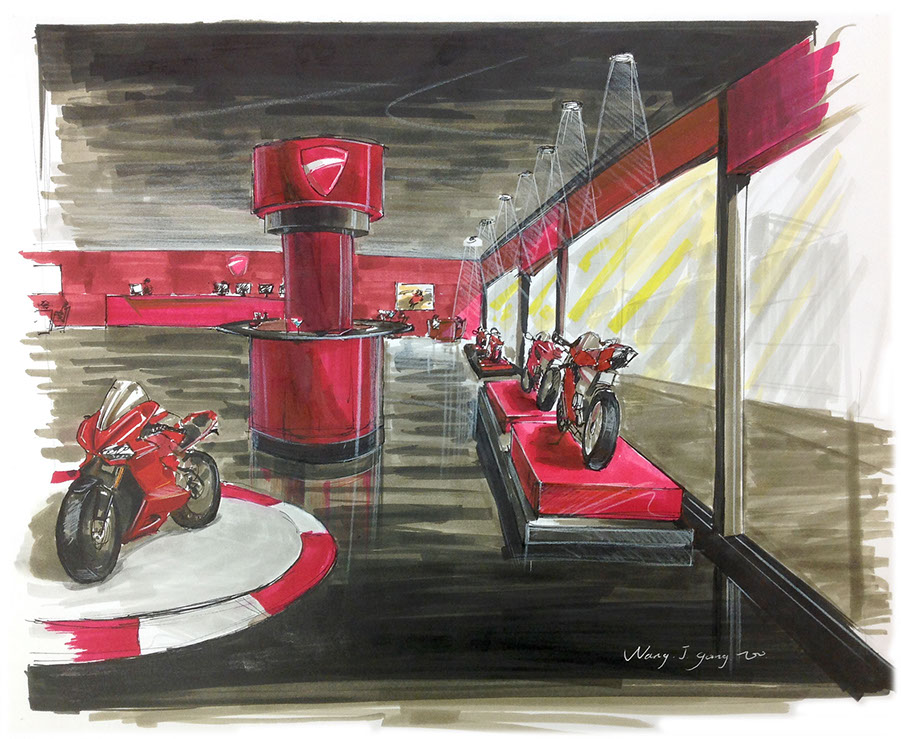
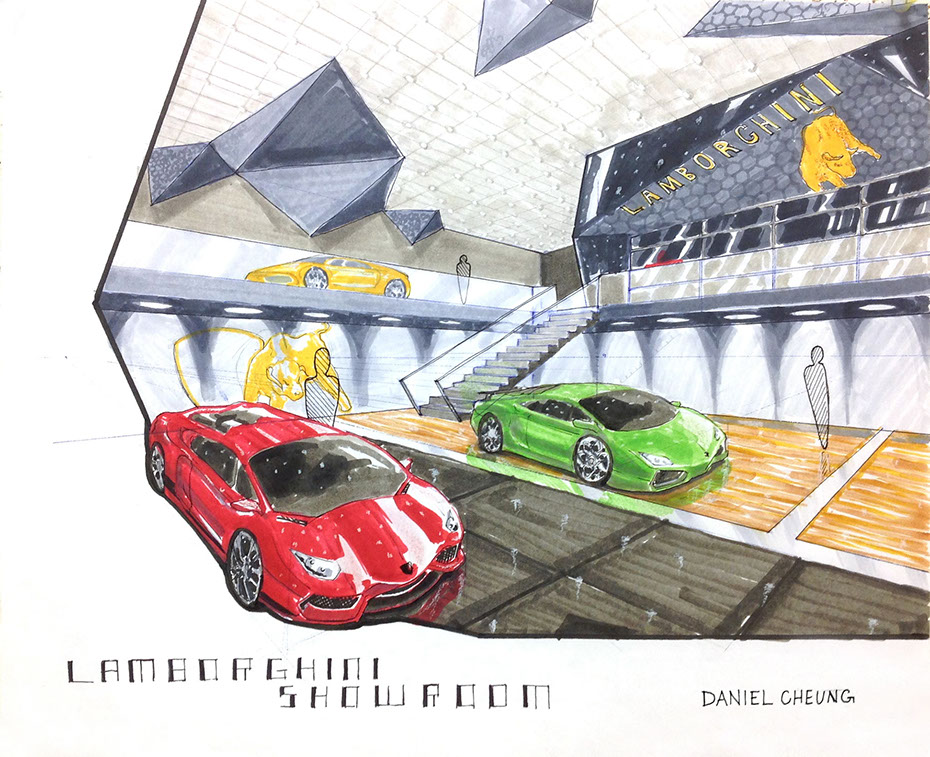
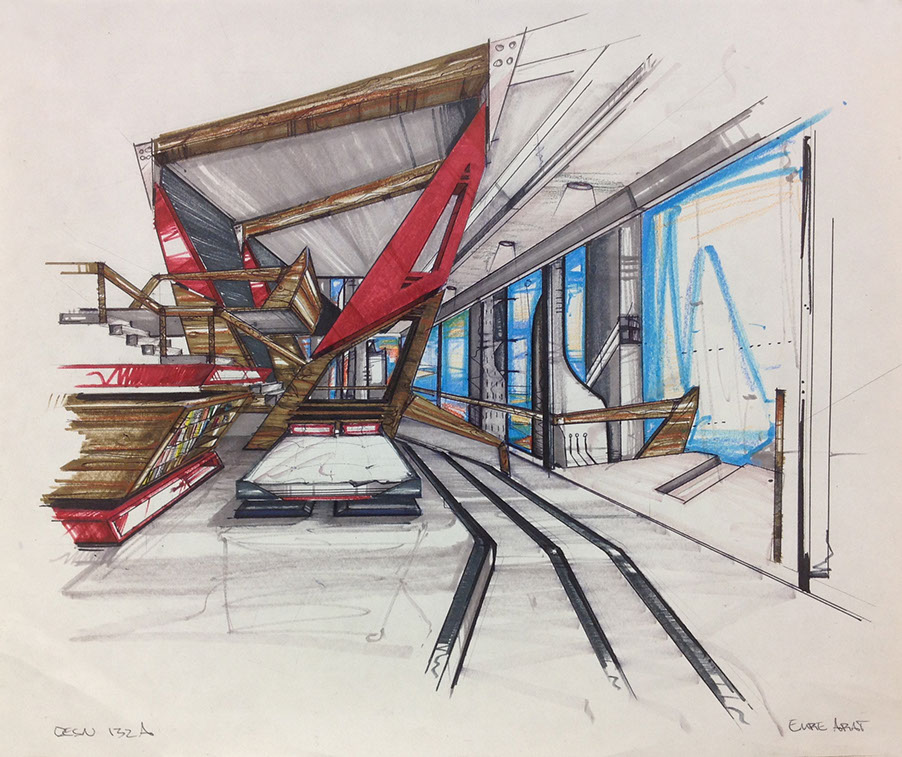
STUDENT LEARNING OBJECTIVES (SLOs)
- Challenge students to make choices and develop surface changes based on core shade and rendering logic.
- Challenge students to apply perspective drawing logic to small scale environments.
- Challenge student's ability to create organic and complex surface changes.
- Challenge student's ability to develop a coherent system for a specific brand.
GRADING AND EVALUATION RUBRIC
The following Rubric will apply in assessment of the student's work product, presentation, and/or process:
^
* Estimate only. See instructor and calendar for specific due dates. Summer Session schedule is more compressed with one week equal to approximately two and half semester weeks.
CSULB | COTA | DEPARTMENT OF DESIGN | BIO

Questions, feedback, suggestions?
Email me with your recommendations.
©2020 Michael LaForte / Studio LaForte, All Rights Reserved. This site and all work shown here is purely for educational purposes only. Where ever possible student work has been used or original works by Michael LaForte.
Works by professionals found online or in publication are used as instructional aids in student understanding and growth and is credited everywhere possible.
